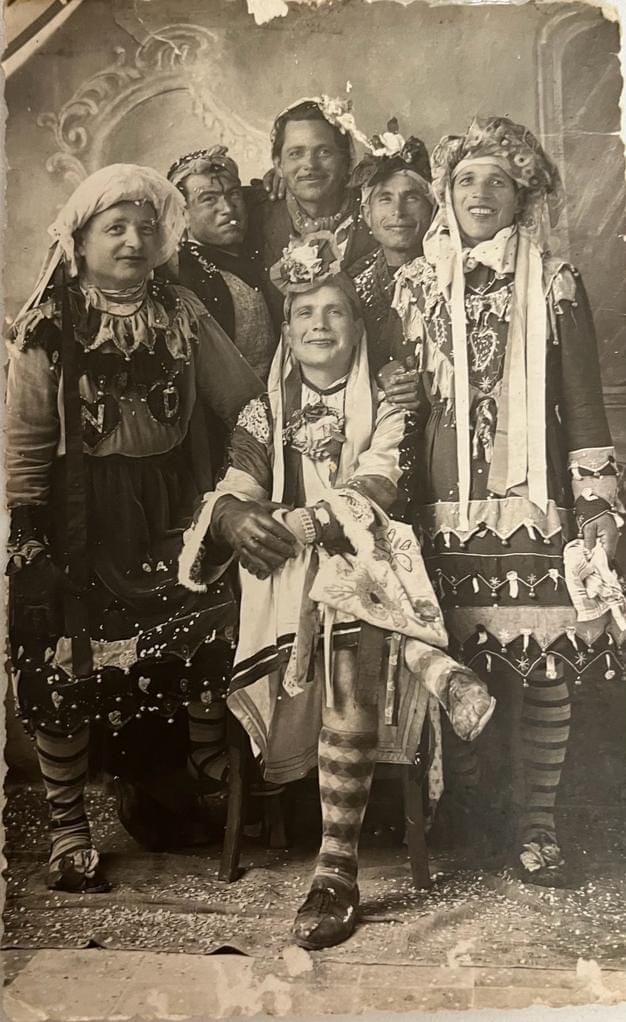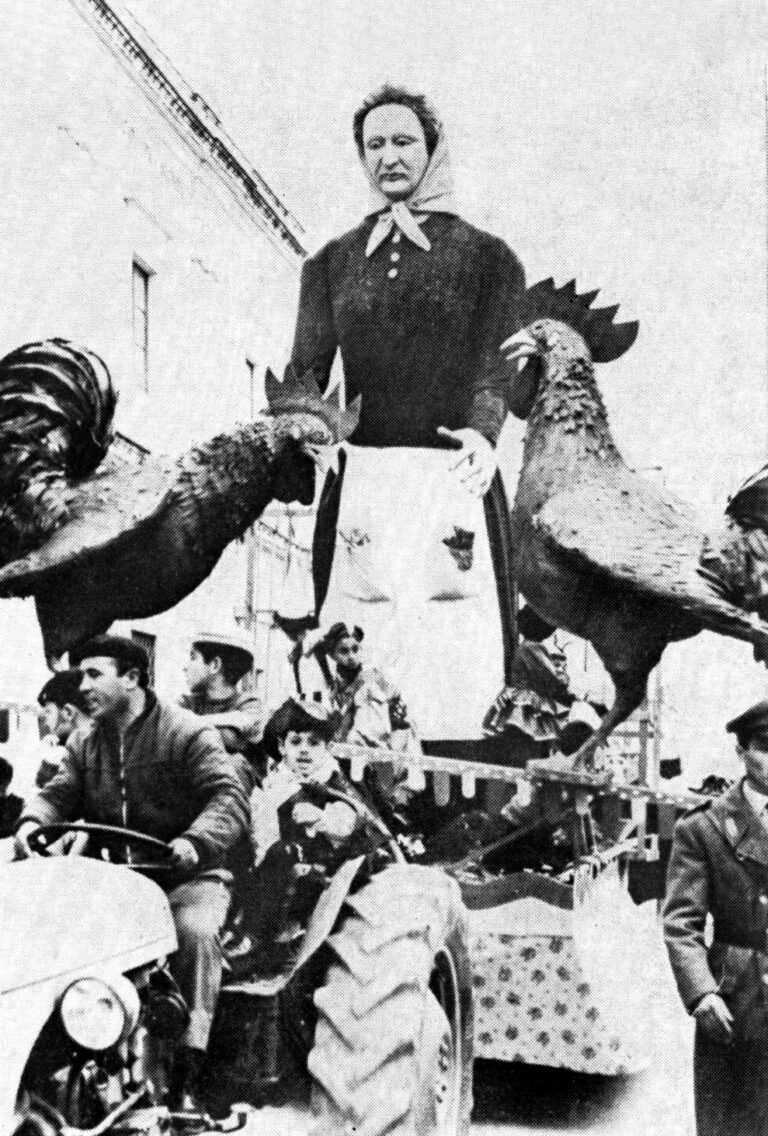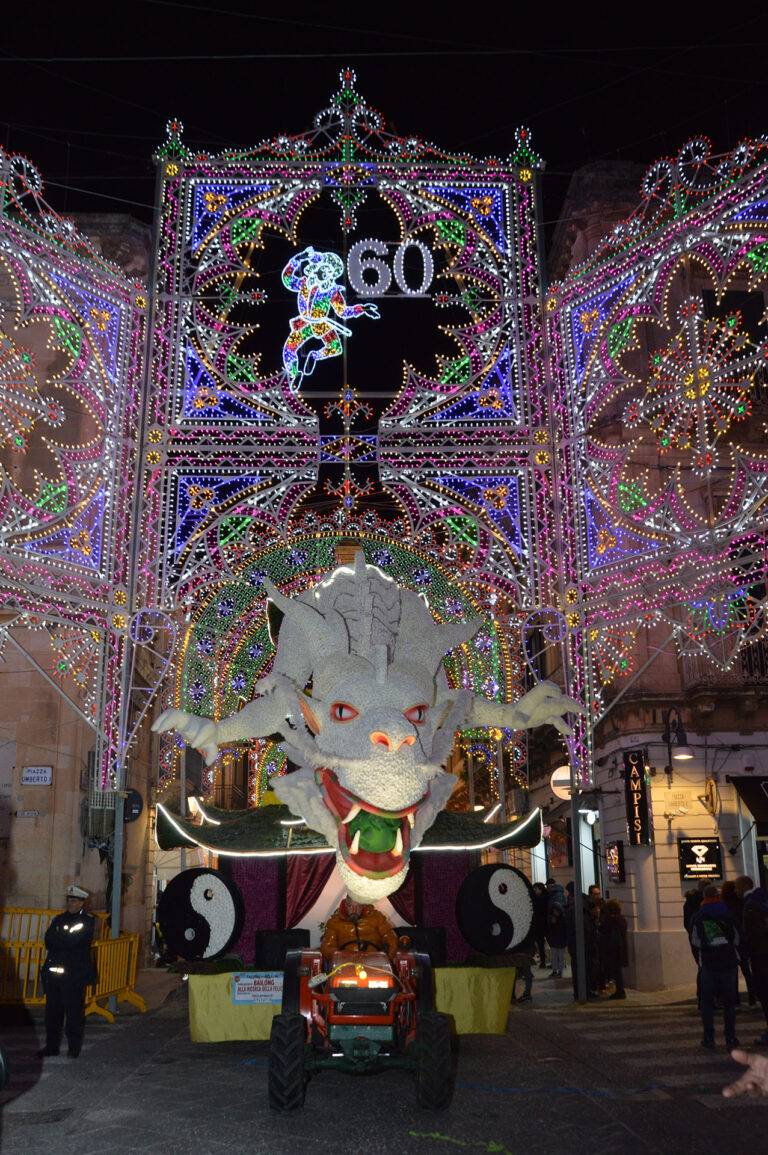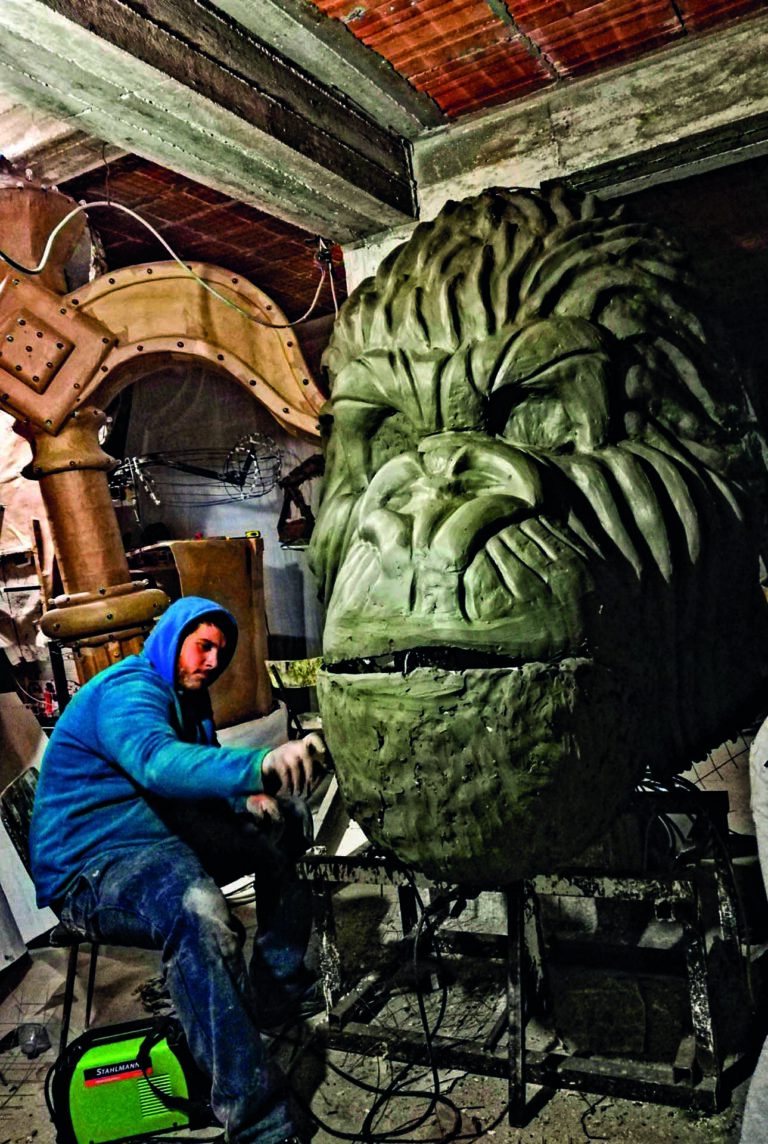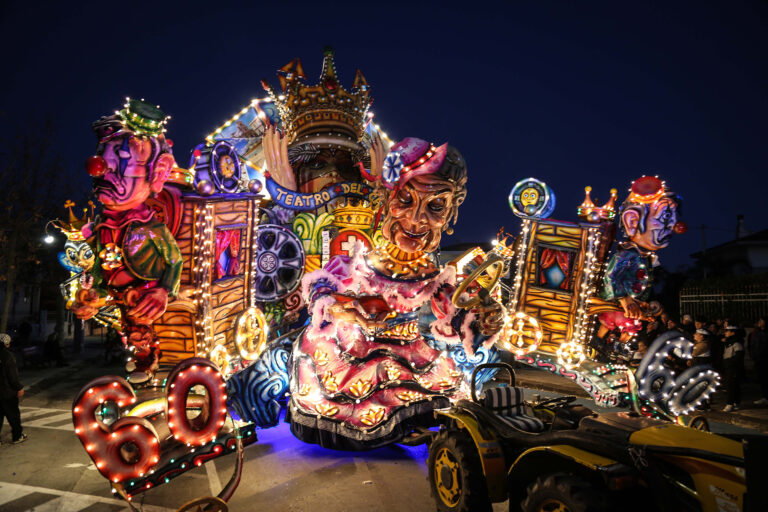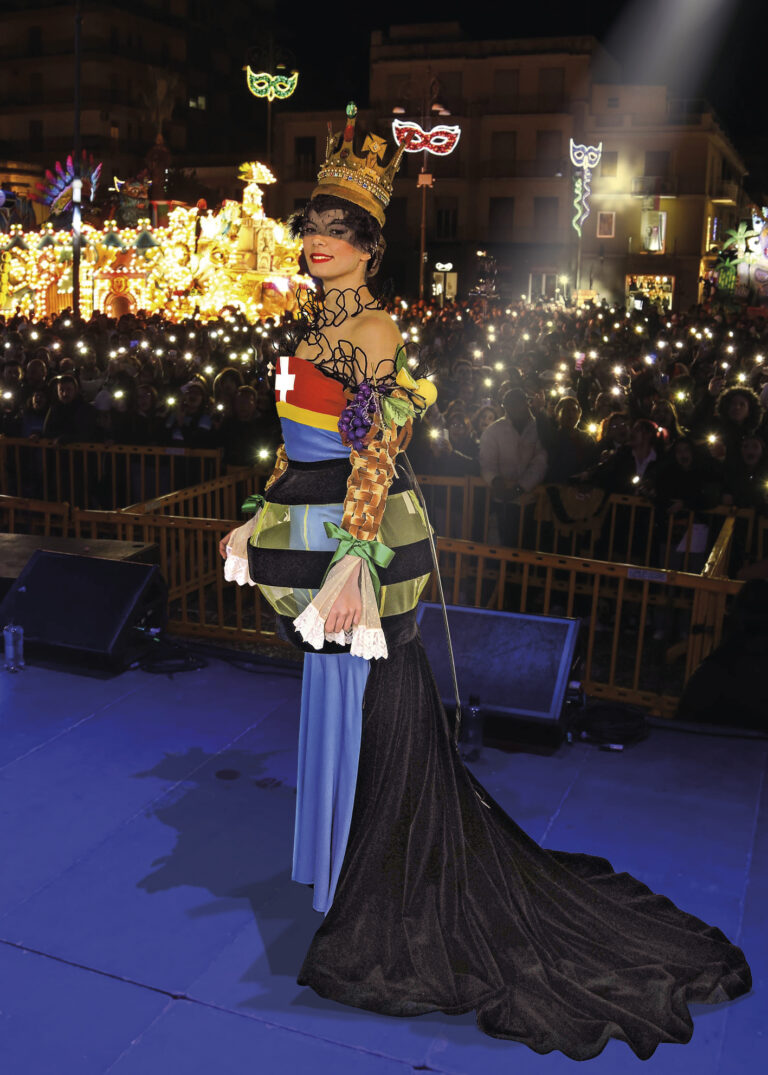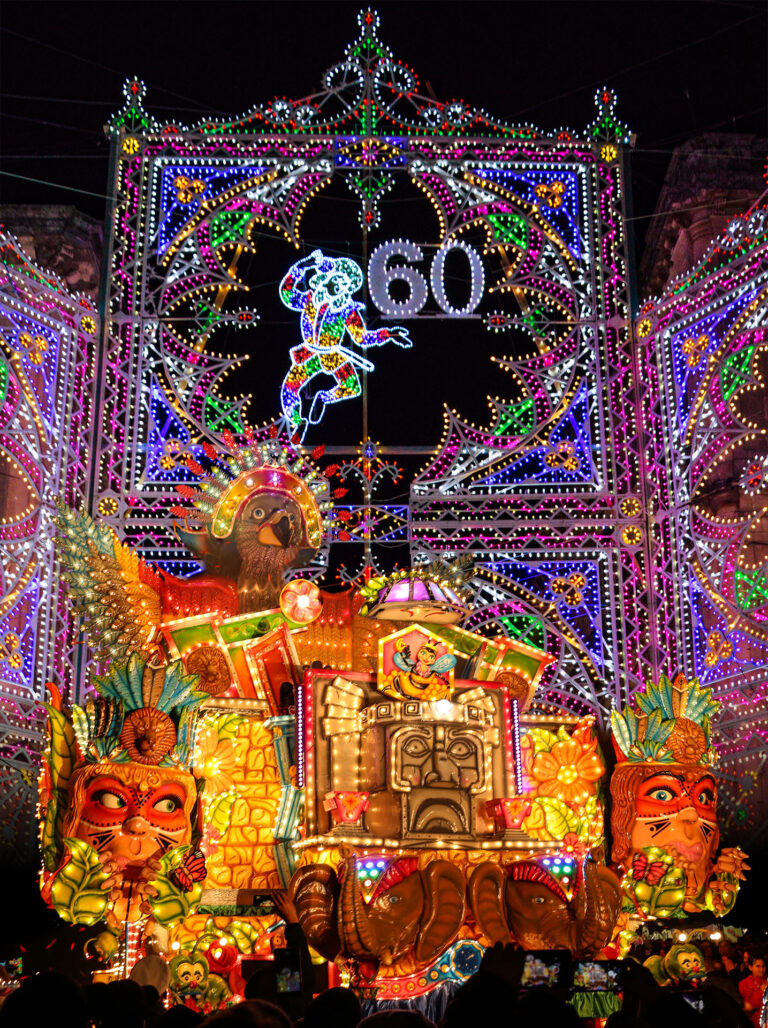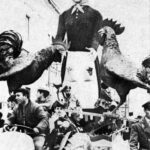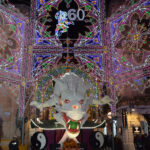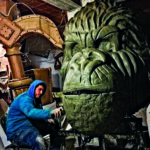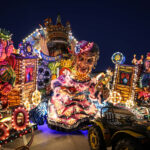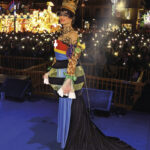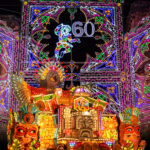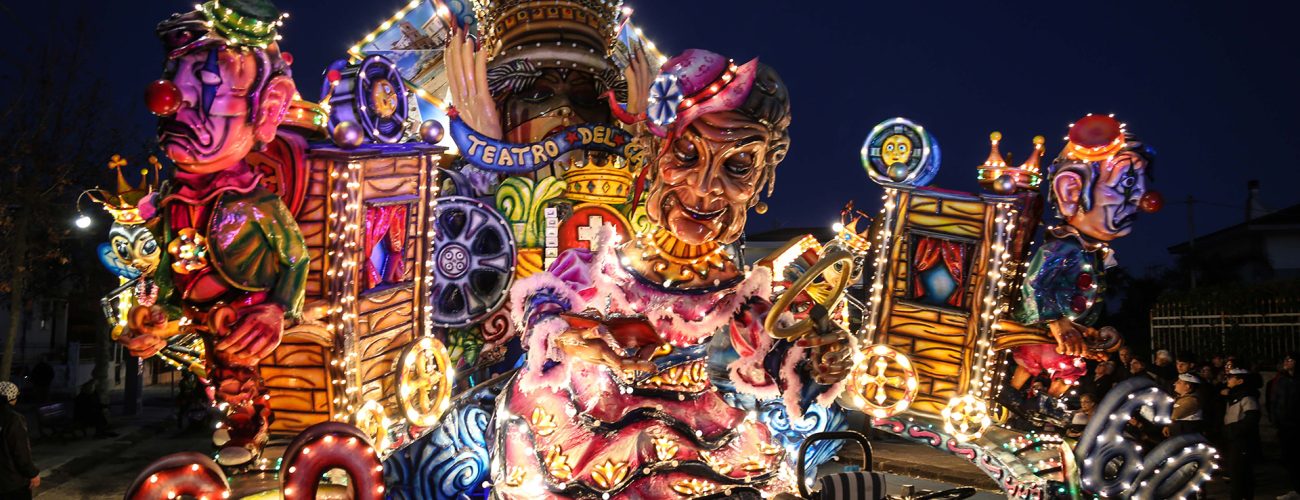
The traditional Carnival of Avola
The traditional Carnival of Avola has very ancient, albeit unknown, origins and certainly this festival represents a continuation with variations of the Greek Bacchanal and Roman Saturnalia festivals, as well as the medieval festivals.
The first documents that reconstruct and give information on the carrying out of this festival in the Avola area date back to the early years of the twentieth century. The most important information was provided by the Avolese scholar Gaetano Gubernale, who published it in the magazine “La Siciliana” in 1912.
The traditional carnival included three days of entertainment in which groups of masked young people wandered through the streets of the city and accompanied a huge puppet that was dragged on a cart; the puppet, a symbol of Carnival, was then burned, surrounded by the cheering crowd in the late evening of Shrove Tuesday, this moment marks the end of the revelry and the beginning of the Lenten season.
The traditional masks of Avola are the Massari, the Micheli, the Piscatura, the Domino, the Ncavaccacanni, the Ruffiani and the Ballerini. Their costumes were prepared in an artisanal way by reusing fabrics (curtains and old clothes) and objects easily found at home (sticks, graters, cowbells and fans).
Furthermore, Avola boasts a very long tradition linked to carnival songs, already proclaimed in the nineteenth century on the occasion of Carnival.
Now, the poetry review takes place on the stage in the center of Piazza Umberto I, and the poetic compositions in the Sicilian language are evaluated by a commission, whereas previously the poets went around the city on the so-called re’pueti carts, decorated and decorated carts pulled by a donkey, in addition to the author of the poem, other men were with him who interpreted the subjects told in the proclaimed verses.

People spent their evenings happily not only in the streets of the city, but also in the homes of relatives, where young people in masks (the mascarati) gathered to recite riddles (the nivinagghi), to play pranks and to eat some biscuits together, some dried fruit (calia, simenta and pastiglia) or drink a few glasses of liqueur.
From the Second World War until the end of the fifties, the so-called “Festival” was organised, in fact in one of the squares of the historic centre, during the month of the festival, a wooden pavilion divided into several rooms was built; in these small huts, rented from private individuals, a sort of fishing takes place, the prizes up for grabs could be animals, objects or sweets, i.e. the typical pasticciotti, sweet pastry medallions filled with jam.
Between the fifties and sixties of the twentieth century, the celebrations came to a halt, and resumed in 1961, according to a four-day program, with events very similar to the current ones, the now famous “Avolese Carnival”.
Nowadays, the historic Carnival of Avola has become one of the most followed events in eastern Sicily and has become part of Carnevalia, the association of historic Italian carnivals recognized by the Ministry of Culture.
The Carnival for the city of Avola is not limited only to the week of celebrations, but involves the master tank drivers with their helpers, the associations of masked groups, the schools and the poets for much of the year. The creation of the various paper-mache parts that make up the allegorical carts, as well as the imposing iron, wood and polystyrene structures of the flowered carts require a lot of preparation. Furthermore, in recent years, laboratories have been started to introduce new generations to this technique which, thanks to skilful work, also becomes art.
The celebrations begin on Shrove Thursday with the Re Carnival parade through the streets of the historic centre accompanied by the musical band.
The two key days of the festival are Sunday and Tuesday when the complex parade of allegorical carts, flowered carts and masked groups parades along the road that connects the Lungomare to Piazza Umberto I.
The procession is introduced by the opening float with the Queen of Avola, who wears a sculptural dress designed by the designer Giusi Munafò. The celebrations continue in the main square with musical shows, a review of dialect poems (storii), the long-awaited entertainment for children and performances by folk groups, flag-throwers and street artists.
In 2023 the Avolese Carnival reached its 60th edition.

